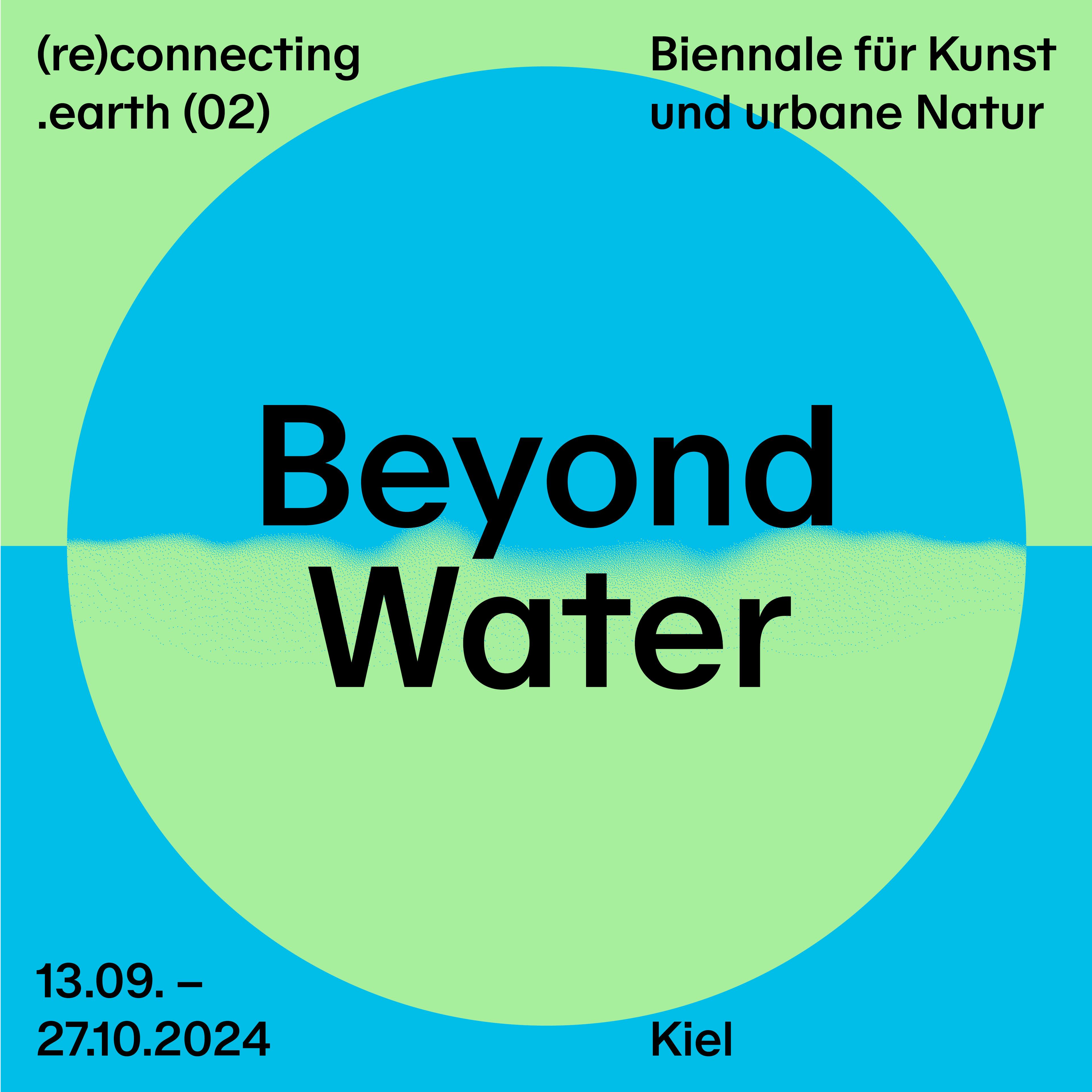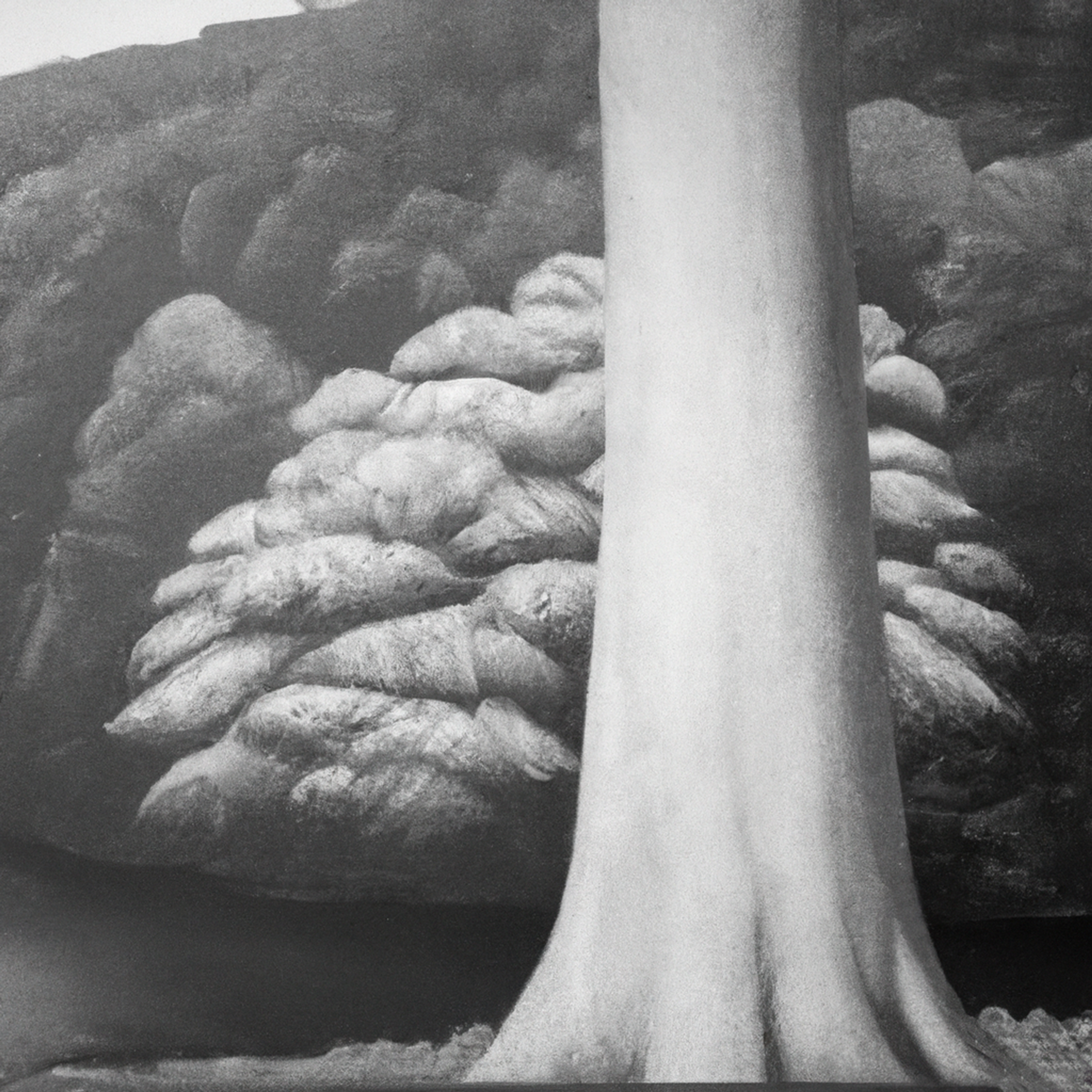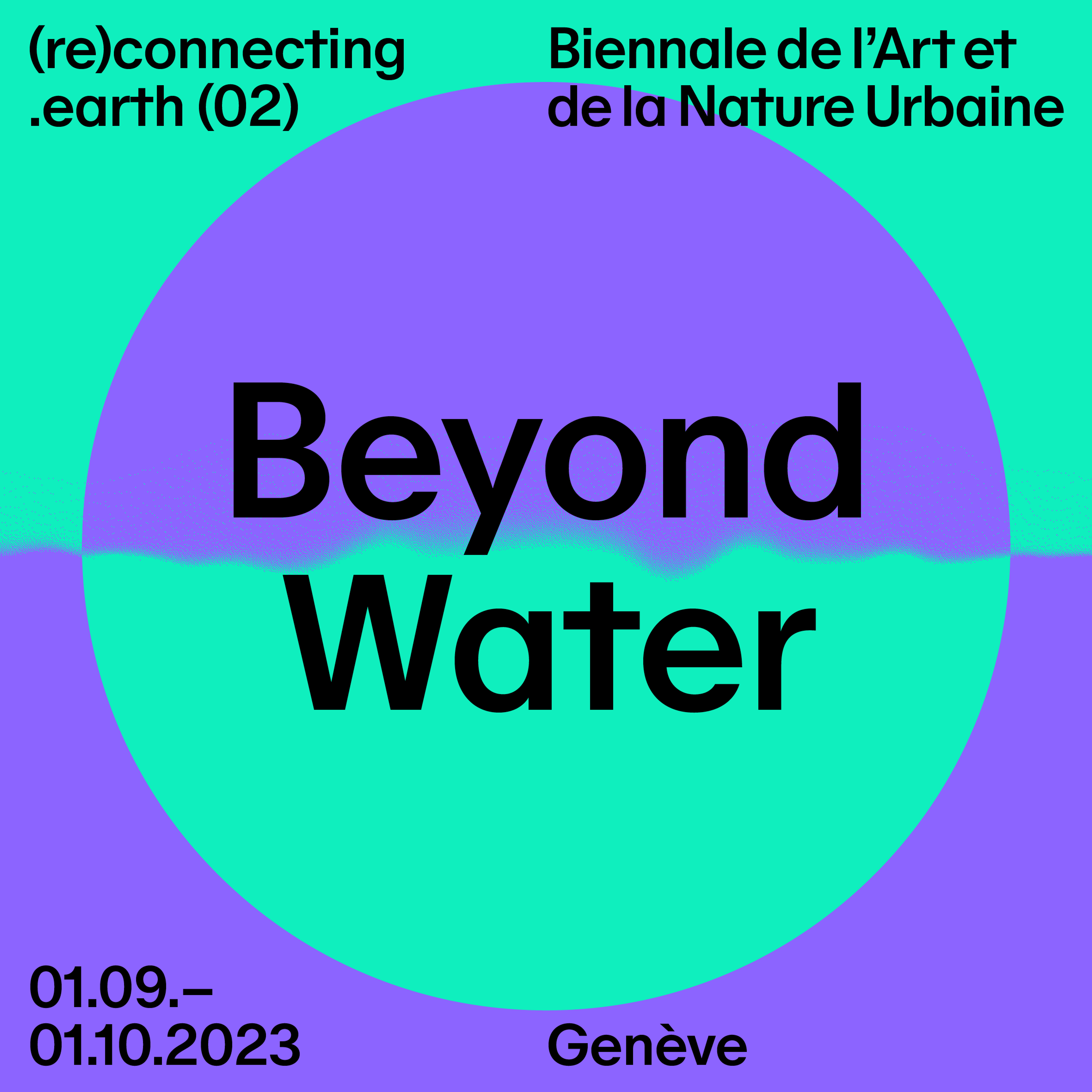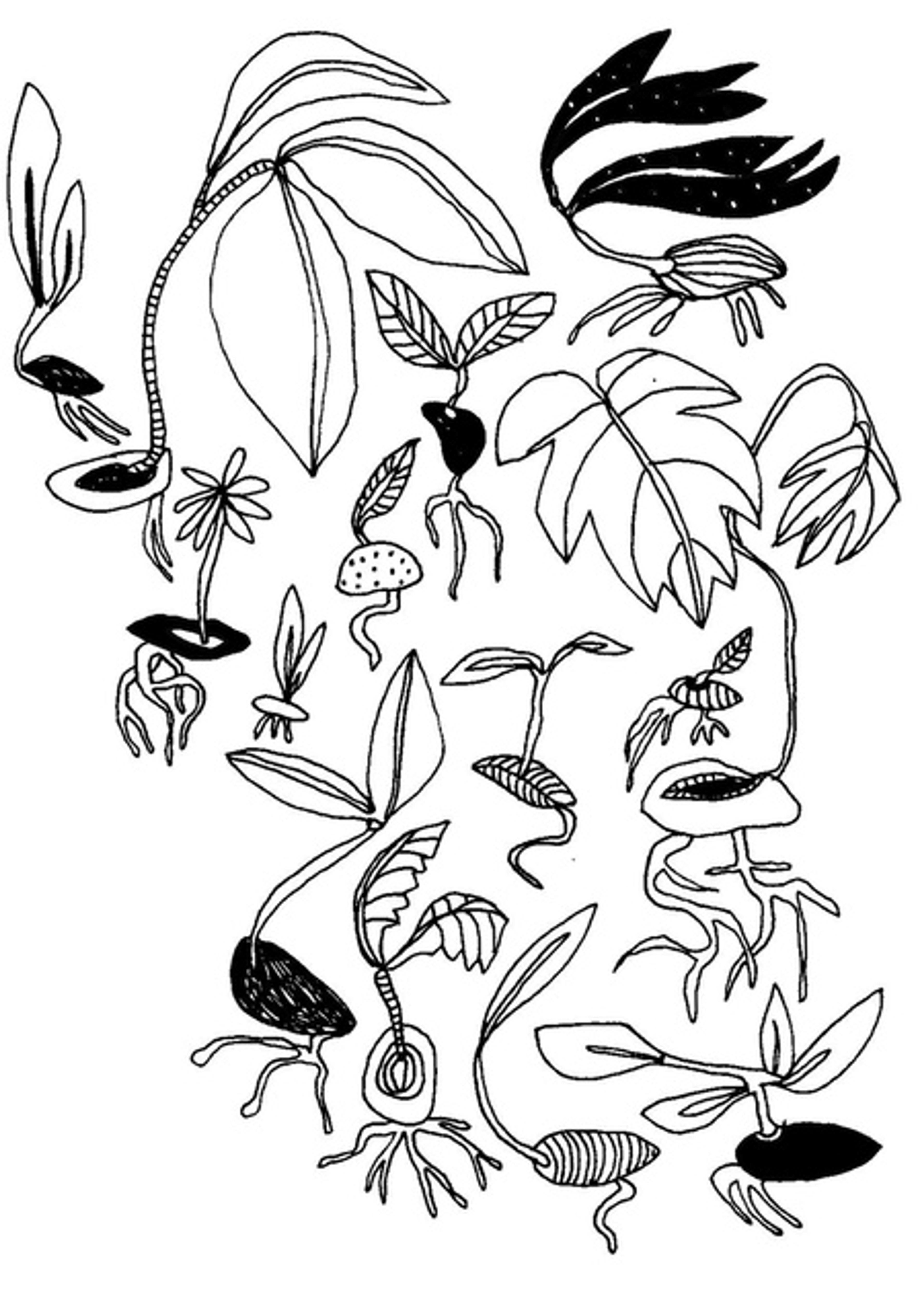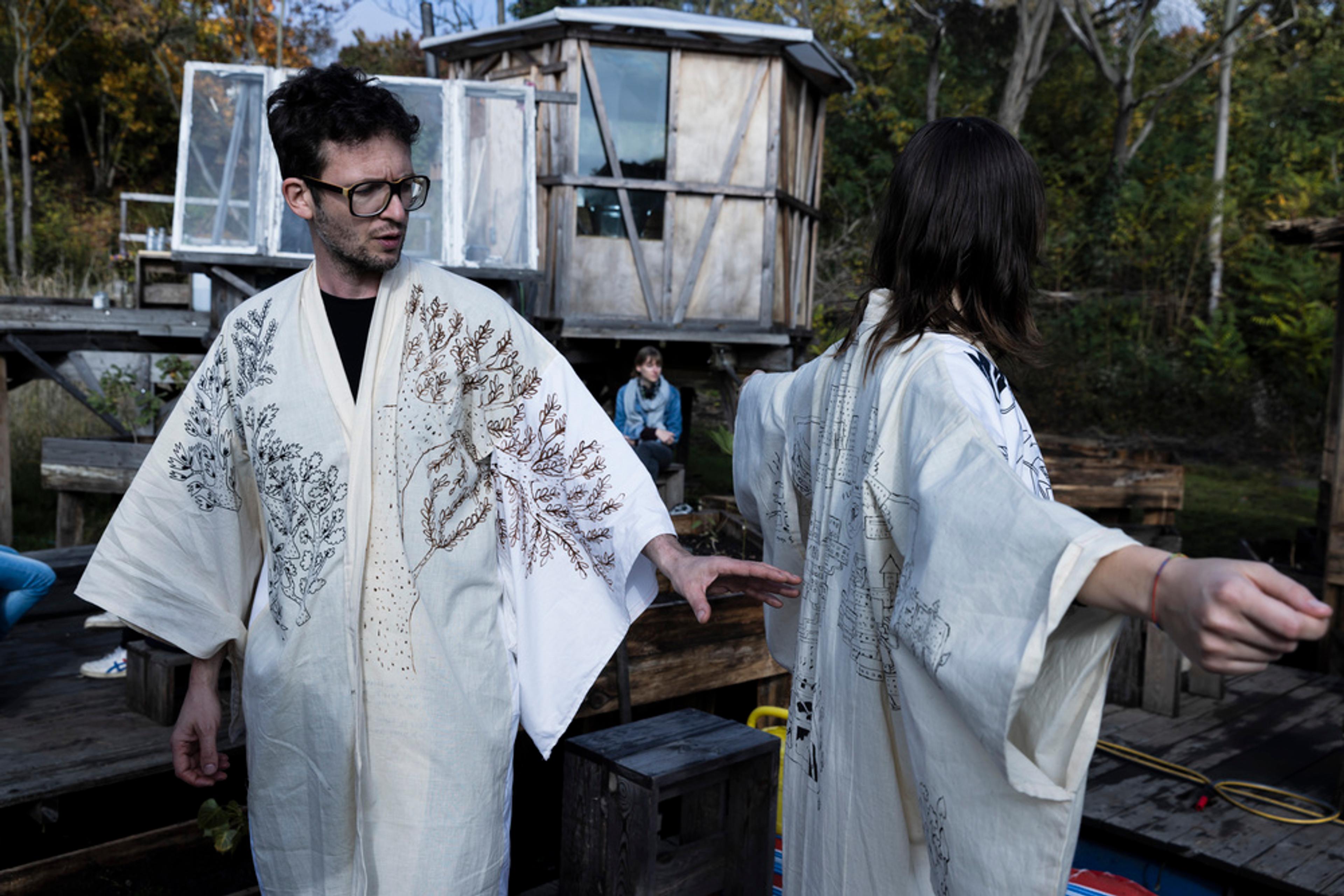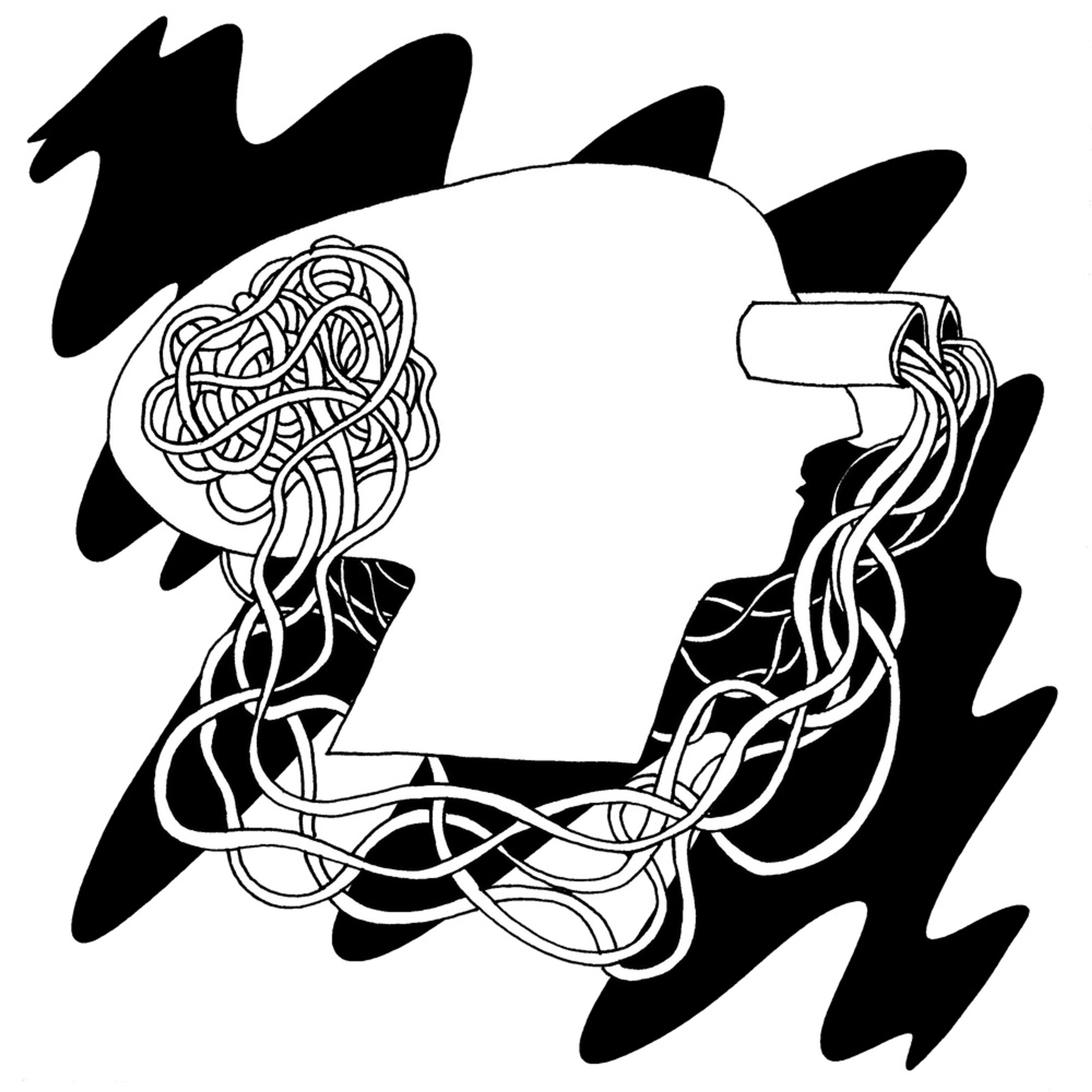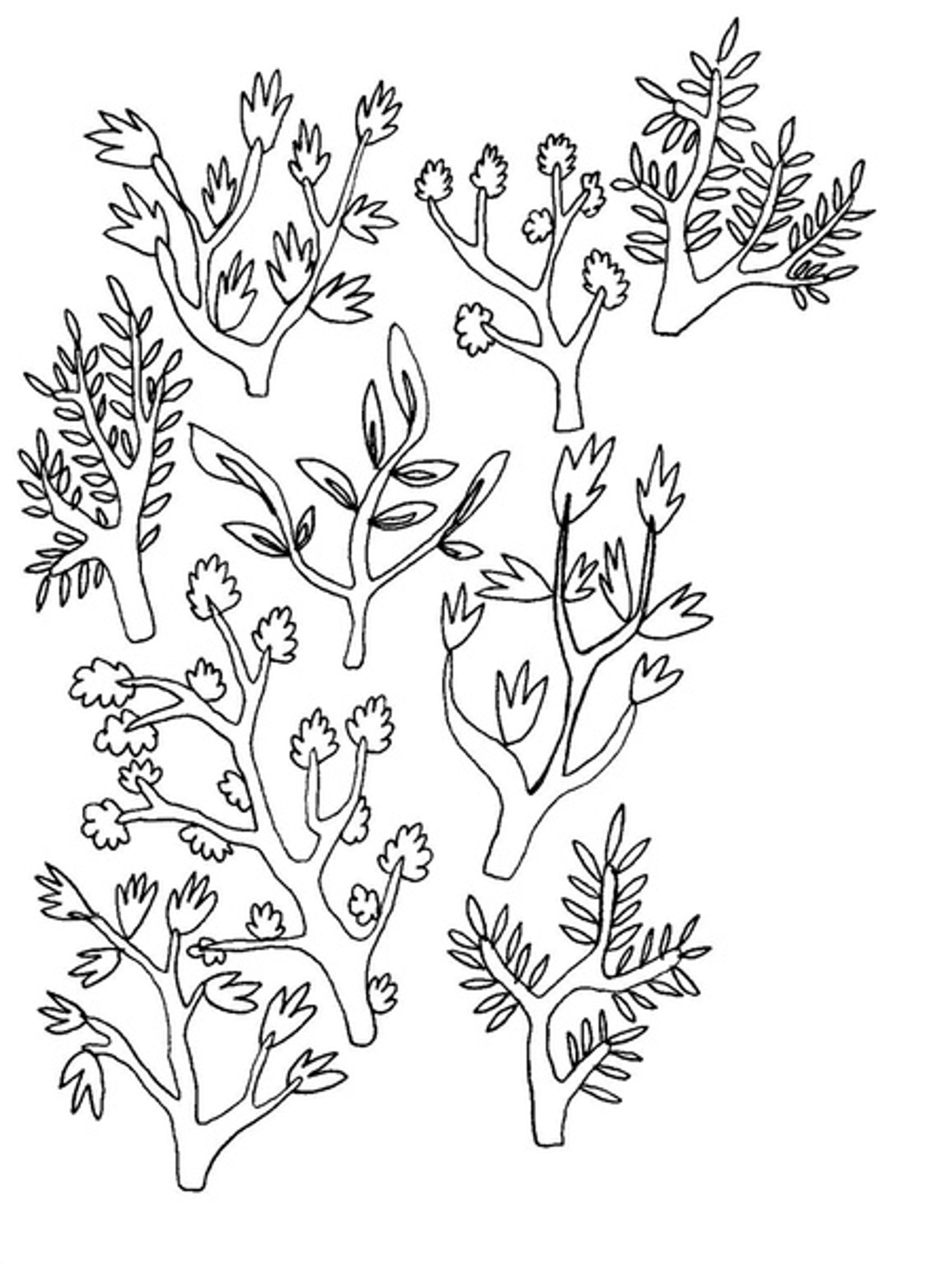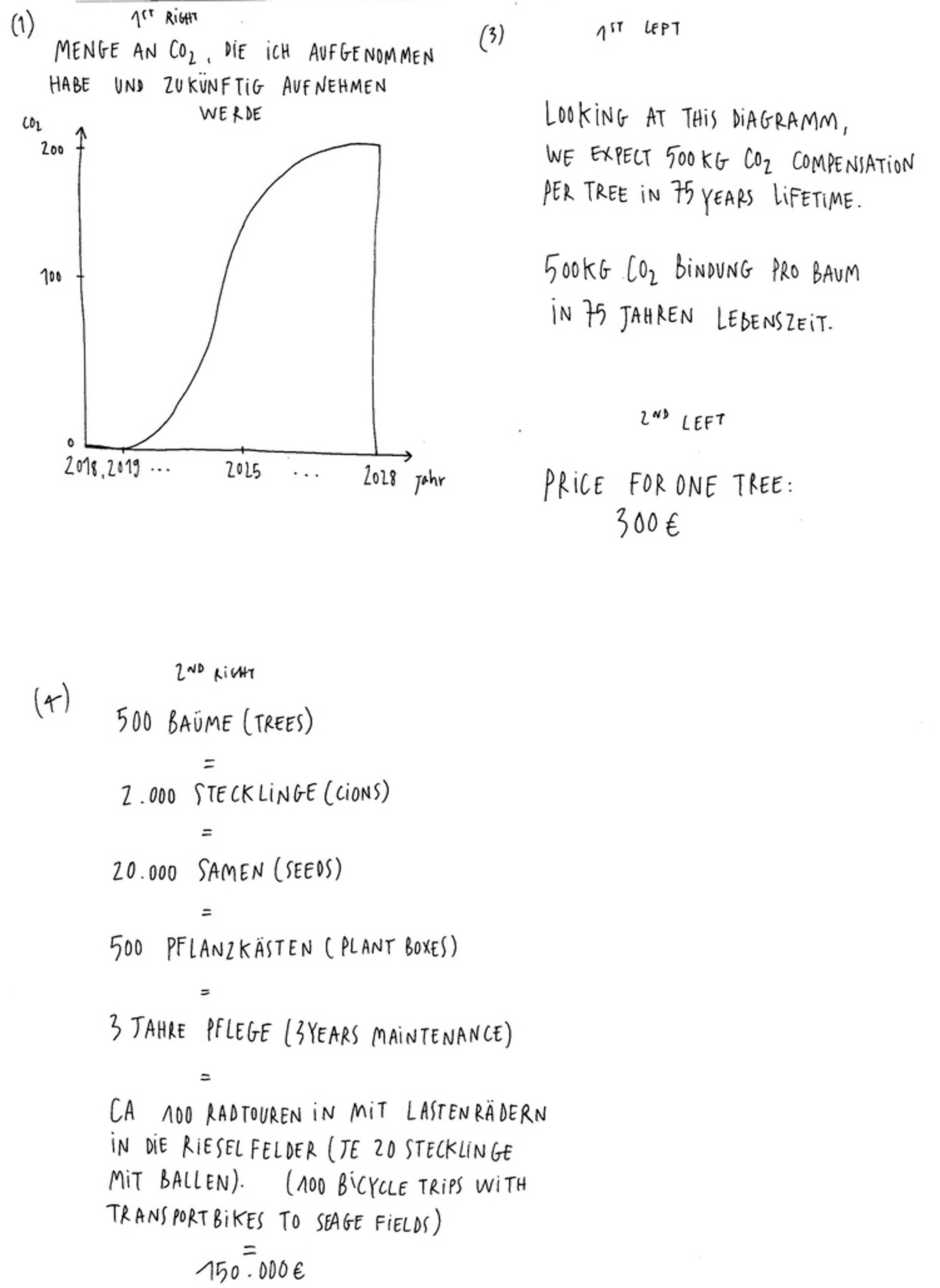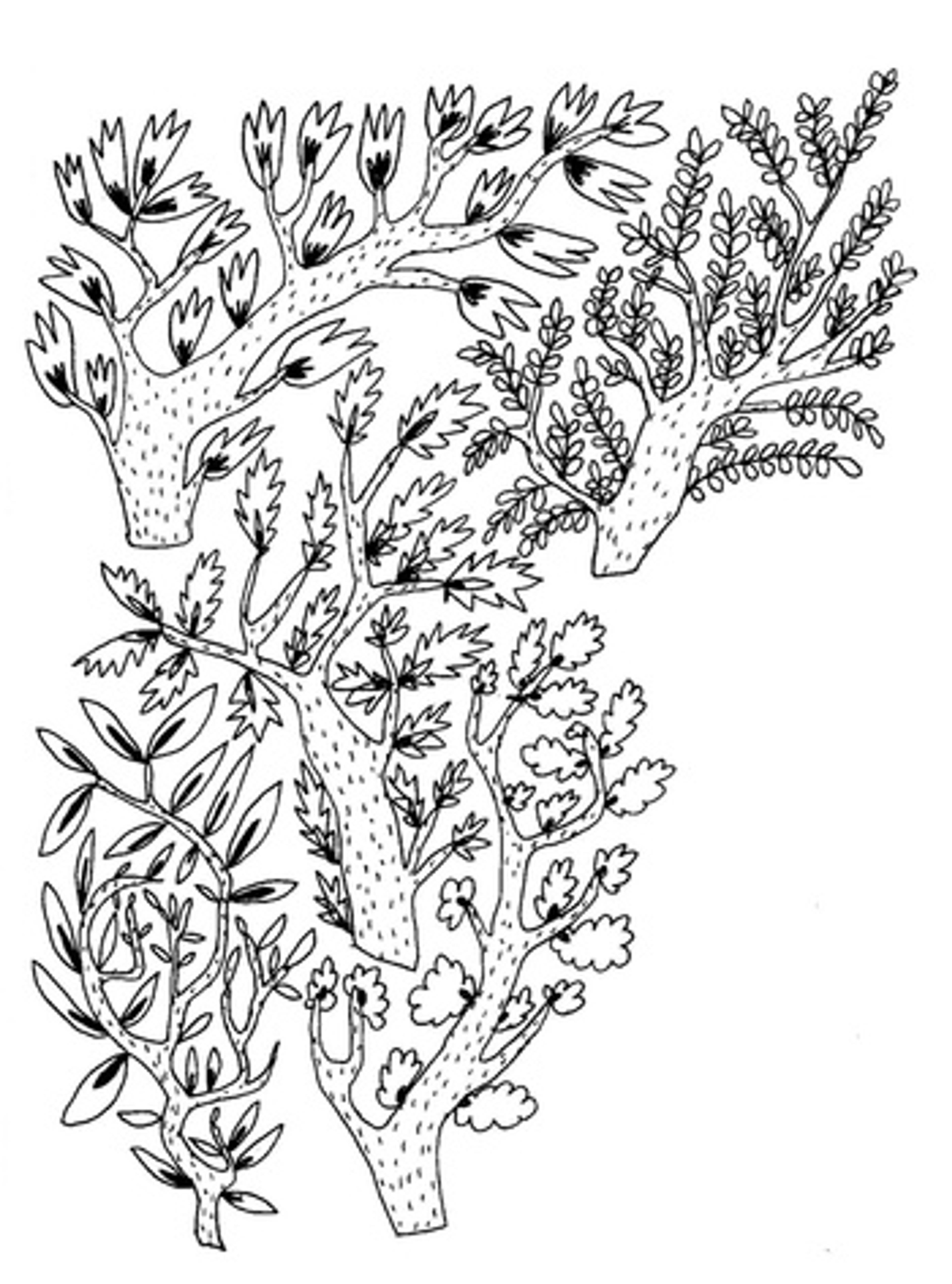The Forest of Good Intentions
While it was previously impossible to compensate for CO2 in the cultural sector for reasons of subsidy law, there is now a simple and comprehensible possibility with the Forest of a Bad Conscience by the artists Andreas Greiner, Takafumi Tsukamoto and Ella Ziegler:
During the art festival, a very real tree nursery for the reforestation of the Berlin Rieselfelder in Hobrechtsfelde was created in the Floating University. Hundreds of regional, certified tree seeds were planted in planting boxes made of recycled wood and lovingly grown into small seedlings. They grow in particularly fertile soil, grafted with compost from the Floating University kitchen and carbonised human excrement. After two years of cultivation, the seedlings are transported by cargo bike to Hobrechtsfelde near Buch. There they will continue to grow in the contaminated soil of the former sewage fields. The supplied soil on their root ball from the tree nursery at the Floating University and sustainable protection against feeding will help ensure their growth and survival in Hobrechtsfelde.
Our goal is to sustainably reforest the contaminated and partly deserted areas of the former sewage fields. To achieve this, we need support and, above all, money. We invite all cultural institutions and all artists to participate in the project as co-producers! Each of the trees planted in Hobrechtsfelde will have bound an average of 500KG of CO2 in about 80 years. 50,000t of CO2 consumption by Berlin's art and cultural institutions could thus be compensated.
The classic afforestation of high forests or conventional forests is not planned here. Instead, a targeted planting of mixed tree species, including deciduous, coniferous and fruit trees, takes place in groupings on the Rieselfelder and distributed on the meadow areas. These measures create a coherent landscape of forest and meadows. The semi-open pasture forest system acts as a shelter and shade for grazing livestock and wildlife. The ecosystem is also home to rare bird species and a variety of insects.
Sustainable forest management was invented in Japan in the 17th century. During the EDO period (1603-1868), the population had to survive with the resources available in the island kingdom. Overexploitation of nature would have led to a timely collapse. As a result, countless strategies for a sustainable everyday culture emerged, including the recycling of nutrients from the remains of human food. From the study of resilience strategies in historical Japan during the art festival "reEDOcate me!" at the Floating University, an idea emerged that addresses several contemporary sustainability problems simultaneously:
- the compensation of (still) necessary CO2 emissions by planting and caring for up to 100,000 trees
- the reforestation of the former sewage fields and thus a contribution to the cooling of the city climate
- the soil renovation in the sewage fields by applying Berlin compost
- increasing the storage capacity of the soil for coming droughts and additional nutrient supply by bringing in incinerated human excrements
More information on the festival at reedocate-me.com
Where does the money go?
The money is collected by the non-profit entrepreneurial company art4biodiversity and forwarded to the Forest of a Bad Conscience project. 90% goes to the tree nursery and reforestation, 10% covers administrative costs.
Why does a tree cost 300 Euros?
compensation through reforestation is popular and offered very cheaply. In many cases, however, it is not clear whether new forest areas are actually created or whether trees are planted at all. For the forest of guilty conscience, all trees are grown from certified seeds in the tree nursery and the seedlings are intensively cared for. In summer, additional irrigation is necessary. After 2 years they are planted out in the Rieselfeld. Each tree receives its own sustainable/compostable fras guard and is cared for in Hobrechtsfelde for up to 8 more years. We pay fair wages to all local people who take care of it.
How does the CO2 compensation calculation work?
The amount of CO2 a tree has fixed after 80 years depends on various factors, such as the type of tree, the location and the environmental conditions. We made a rough estimate based on general averages, taking into account that tree growth will be more difficult on Berlin's Rieselfeldern due to soil contamination.
Why is this art?
cultural institutions are not officially allowed to pay CO2 compensation, but they are allowed to support art and cultural projects. Our forest will be a publicly accessible work of art.
What is reEDOcate me?
For 260 years, Edo period Japan operated on solar energy and experienced an unprecedented cultural flowering. The need to reduce gave rise to new cultural techniques and everyday practices. Inspired by this historical model, the project reEDOcate me! translates the sustainability strategies of the Edo period into current transformation conditions.
More information is available at reedocate-me.com
What do I get?
Private
1 to 2 trees - the wooden pin
3 to 4 trees - the silver pin
5 to x trees - the gold pin
Institution/Project
1-10% of the annual CO2 consumption - our wooden certificate for your communication/website etc.
11-40% of the annual CO2 consumption - our bronze certificate for your communication/website etc.
41-80% of the annual CO2 consumption - our silver certificate for your communication/website etc.
81-100% of the annual CO2 consumption - our gold certificate for your communication/website etc.
How do I calculate my CO2 consumption?
Private
a) roughly: see drawings below
b) more precise: Federal Environment Agency https://uba.co2-rechner.de/de_DE/
Institution
Judy's Bicycle
https://juliesbicycle.com/our-work/creative-green/creative-green-tools/
Each of the trees planted in Hobrechtsfelde will have bound an average of 500KG of CO2 in about 80 years. 50,000 tonnes of CO2 consumption by Berlin's art and cultural institutions could thus be compensated. 90% of the donations to the forest go to the tree nursery and reforestation, 10% cover administrative costs.
art4biodiversity is a non-profit entrepreneurial society with the aim to advance the public discourse on ecologically meaningful action and thinking in the future and to proactively support the exchange on climate change, biodiversity and social sustainability between diverse groups of society.
art4biodiversity aims to stimulate public encounters through ecologically meaningful and artistically designed actions, exhibitions and innovations. It wants to protect nature and help shape the discourse on a new self-understanding of humans as part of nature. Art and culture have the potential to shape people's thoughts and actions. Bringing together and publicly connecting scientific knowledge, cultural discourse and actual action are the guiding principles of art4biodiversity.
If you would like to support the project, we are happy to receive donations:
art4biodiversity gUG
IBAN: DE32430609671283719000
BIC: GENODEM1GLS
(GLS Bank)
Reference: Forest of Good Intentions – donation
If you have any questions about this or need a receipt, please write to
art4biodiversity@posteo.de
Sign up to our Newsletter
